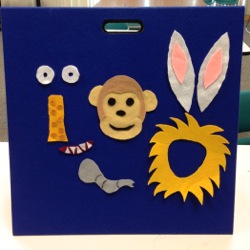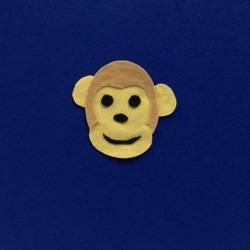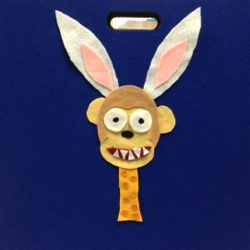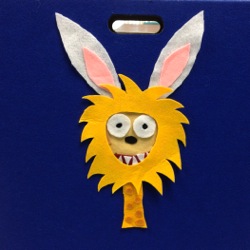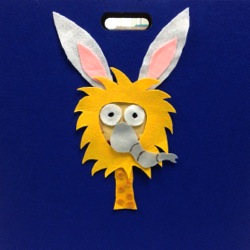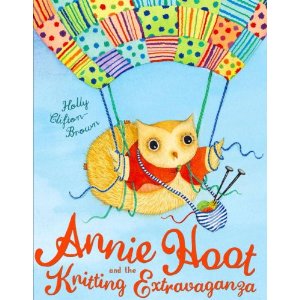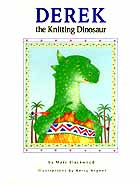A while back, Chris Redmond asked me to put together an annotated bibliography of Sherlockian books for children and young adults. I’d been kicking around the idea of such a list, an update and expansion of Sally Sugarman’s list of Sherlock Holmes in Children’s Literature available on the Beacon Society site, so I jumped at the chance.
Jumped, it seems, right off a cliff and into a waterfall, since it took me an embarrassingly long time to actually do it. It’s possible he lapsed into a Watsonian faint upon finally receiving the draft, but he’s too much of a gentleman to say so.
The list, I’m very pleased to say, is now live at Sherlockian.Net: Books for Children.
While I was looking for titles, I ran into a bunch of out of print items (like the beloved Basil of Baker Street, which I just recently learned will be republished in May 2016 – I’m pretty sure my squee at that announcement was only audible to Toby), so I limited my focus to items currently in print or forthcoming.
I’m sure I missed something, so if you have a favorite children’s or young adult Sherlockian book that has not passed out of print, be sure to let me know.
And keep an eye on that list for updates. I’m currently reading Angela Misri’s Jewel of the Thames, and Paula Berinstein’s Amanda Lester and the Pink Sugar Conspiracy is next on deck.

